Products
PetroTrace has many years of experience in processing and interpreting seismic data, which allows it to create its own developments that accelerate the work and improve the quality of seismic images. Today the company has its own software development department with high-class programmers, who in tandem with geophysicists and geologists create in-house solutions.
iNSTA-Geo
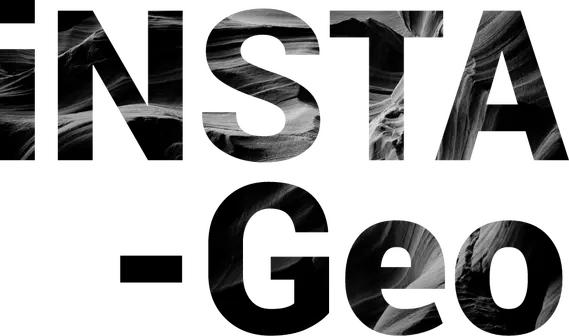
Batch processing of seismic data
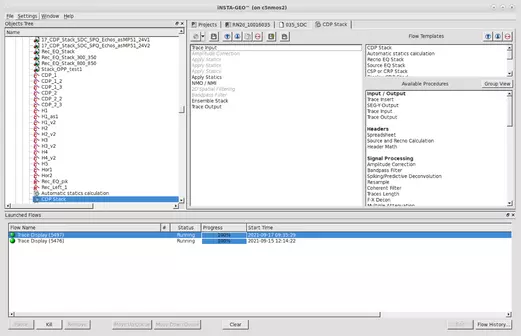
Main program window. Within the iNSTA-GEO software system, the functionality of generating complete seismic data processing tasks is implemented.
Interactive static corrections
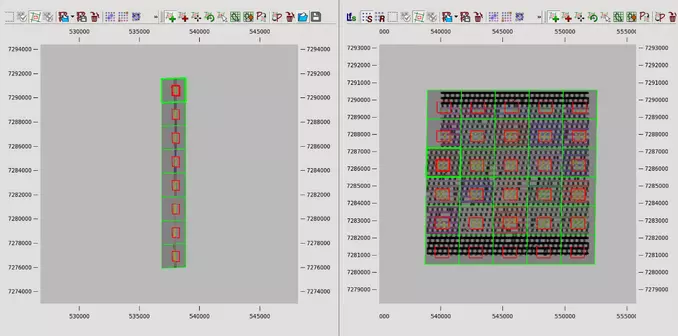
Example of an interface for working with patterns for partial summation.
Upper part of the section model construction on first breaks
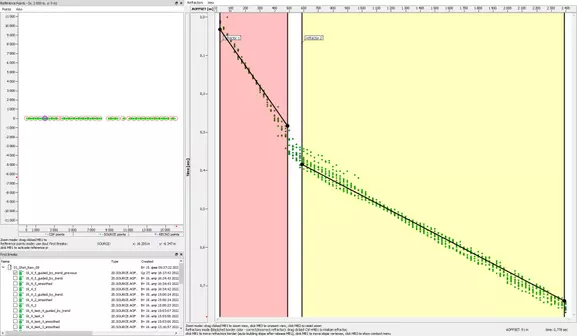
Creating a refractor model in Time Offset Scatter.
Modules for AspenTech ECHOS software
Software modules from the «Filtering» category
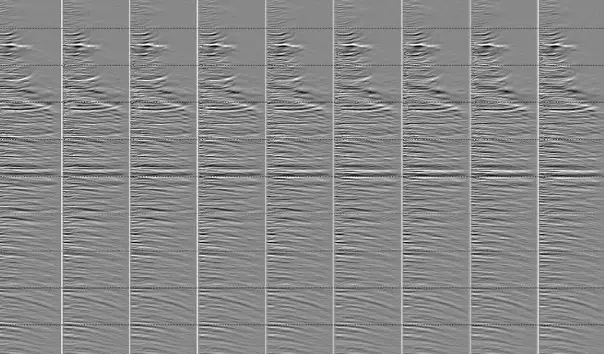
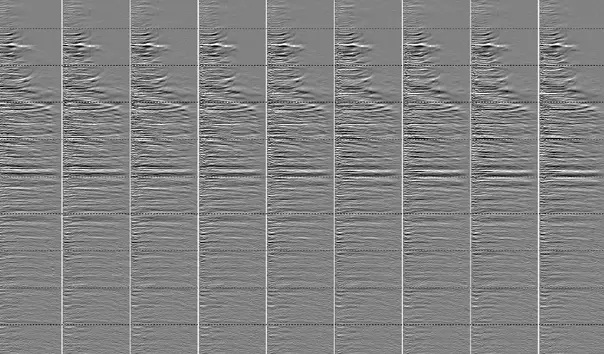
Example of CMP seismograms before (left) and after (right) multiple wave subtraction with the MSPAR module.
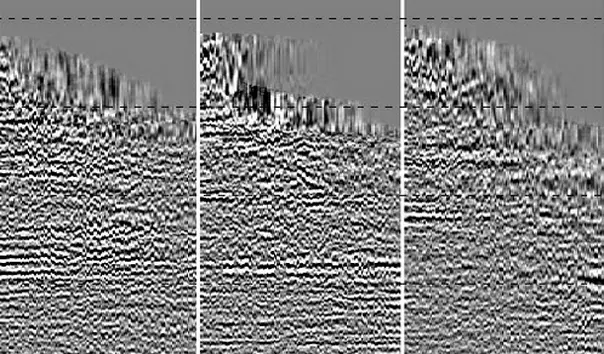
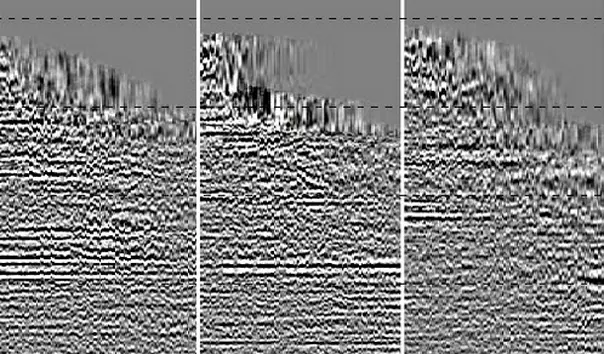
Example of CMP seismograms before (left) and after (right) phase correction with GFLAT.
Software modules from the «Signal extraction» category
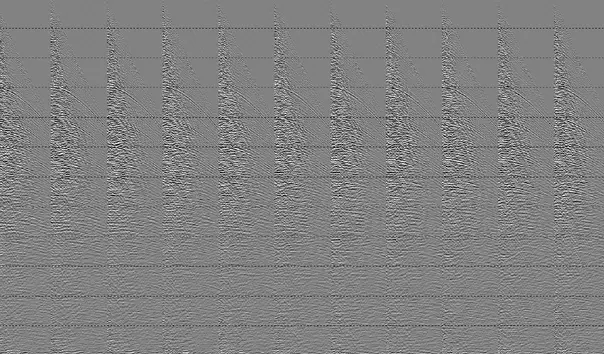
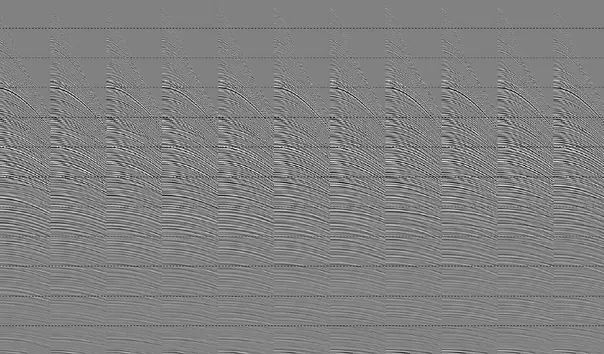
Example of CMP seismograms before (left) and after (right) multiple wave subtraction with the MSPAR module.
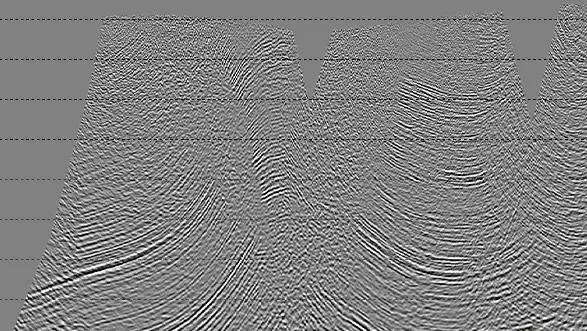
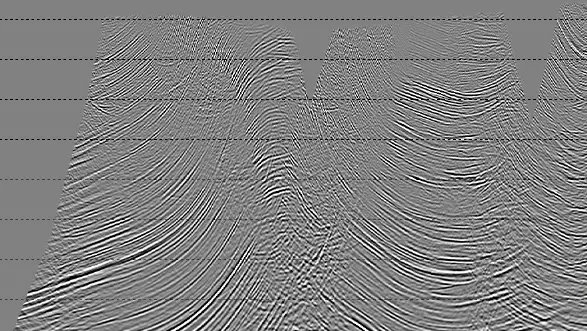
Example of CMP seismograms before (left) and after (right) phase correction with GFLAT.
Software modules from the «Signal extraction» category
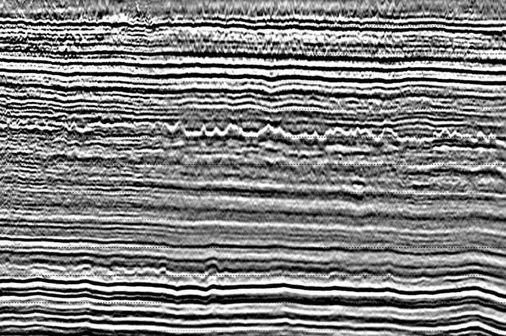
Example of CDP seismograms before (left) and after (right) multiple wave subtraction with the MSPAR module.
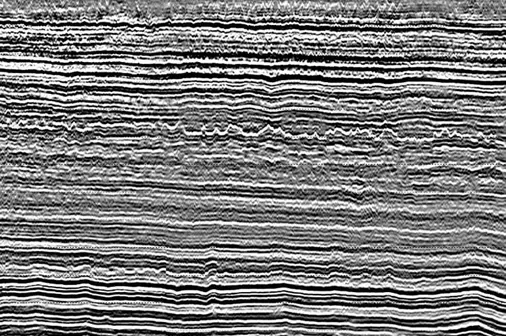
Example of CMP seismograms before (left) and after (right) phase correction with GFLAT.